Community News: Latest PEAR Releases (01.27.2020)
Latest PEAR Releases:
Latest PEAR Releases:
One of the more entertaining parts of being a freelance web designer is hearing all the different assumptions people have about your job. And, having spent approximately half my life as one, I think I’ve heard them all.
Among the greatest hits: “If you get tired of working, you can go watch TV.”; “Wow, so I bet you could hit the golf course every day.”; “Life without a boss!”; “Working at home must be so exciting!” – I could go on, but you get the idea.
The common thread is that they all relate to a perceived freedom. And you can’t blame them, since freedom is one of the big selling-points of this career.
Yet, that’s not really the type of freedom I’ve experienced. It got me thinking about the realities and how they differ from the perceptions. Just what type of freedom comes with freelancing? And, what are the costs and limitations?
Freelancing provides us with the opportunity to work where, when and how we want. That means, if you want to work nights on the beach, you can. Not necessarily realistic, but certainly possible.
In my view, this is the biggest benefit. I’ve set up a home office, work in a (fairly) private environment and do something I enjoy every day. This is not the same experience as, say, working in a traditional office with a roomful of colleagues.
This has allowed me to spend more time with my daughter. It’s helped me to reach a higher level of discipline than I thought I was capable of. And, I’ve had the chance to experiment with how and when I work. Just as important, I can listen to loud music without a word of complaint!
Still, there is a cost. It takes some sacrifice (and maybe a little luck) to do things your way. If you want work odd hours, for example, you’ll need clients who are willing to go along. That may mean severely limiting yourself at first, or caving in and working “normal” hours until the right opportunity comes along.

Every web designer has their own ideals when it comes to projects. There are certain price points, industries and subjects that appeal to us. The great thing is that we can decide these things for ourselves, then pursue the projects that match our ideals.
I can attest that being picky about who I work with has been a great stress reducer. Don’t get me wrong – there’s still stress. But it’s not from feeling stuck or working on projects I don’t like.
The only caveat is that it’s not always easy to determine just what types of clients and projects you want to work with. This is especially the case when you first start out as a freelancer.
So, perhaps this freedom is one earned through experience. The more projects you work on, the more you’ll learn about your own preferences. From there, you’ll have a better sense of what fits.
In addition, it also requires a certain financial comfort level in your business. It’s easier to say “no” to a client outside of your niche when you have enough work to keep food on the table.

Among the most compelling reasons to go freelance is that you aren’t chained to a specific tool or process. One of most frustrating aspects of previous jobs I had was being told what I could or couldn’t use. Not to mention being stuck on a computer from the (internet) stone age.
Running my own business has allowed me to choose the hardware and software that helps me get things done. No, I can’t afford everything I want. But I can work within whatever limitations I have to make the most out of each project.
Plus, I can use tools that I believe in when working with clients. Can you imagine having to sell a client on a CMS you don’t like or trust? Even worse, imagine forcing outdated solutions on them. This is an area where corporate mandates can hurt more than they help.
The cost here is in the responsibility that comes with making such decisions. If something turns out to be a disaster, you might not have an easy scapegoat. Oh, well. That’s one advantage of working for someone else!

In all, the overarching freedom of being a freelancer is the ability to decide for yourself. So, in a funny way, the assumptions others have about us aren’t completely wrong. The reality is just more nuanced.
Yes, we can choose to watch TV or abandon work for a tee time. But those choices have consequences. Do these things too often and you’re likely to be unemployed.
To be a successful freelance web designer, it takes the courage to make your own decisions and deal with what comes next. The freedom merely lies in being the one who gets to steer the ship.
The post Discovering the Freedoms of Freelance appeared first on Speckyboy Design Magazine.



You’ve probably heard that WordPress is open-source software, and may know that it’s created and run by volunteers. WordPress enthusiasts share many examples of how WordPress changed people’s lives for the better. This monthly series shares some of those lesser-known, amazing stories.
Robert is a self-taught graphic and motion designer turned web designer (and aspiring web developer) from Malawi, Africa. Over the years, he has grown fond of WordPress and has become a loyal user. Still, the journey is rough.

Malawi is one of the poorest countries in the world. A tiny landlocked country with a population of 17 million, it’s largely rural and still considered a developing country. The average entry-level monthly pay for most skilled jobs is about $110. If you’re employed full-time in the creative industry and if you’re very lucky, you might be able to earn more than that. Employees earning more than $300 a month are rare to non-existent.
Robert has been a freelance graphic designer since about 2011. He started by doing gigs from his dorm in college and from home. Earnings from his freelance jobs increased his interest in entrepreneurship and he started to consider starting his own creative agency.
Robert first came into contact with WordPress in 2014 when he and a friend started a local tech blog. Before that, all he knew was basic, outdated HTML from high school and some knowledge of Adobe Dreamweaver. They decided to use WordPress, and their new blog looked like it came from the future. They used a theme from the repo and got such positive feedback from the blog they decided to open a content and media publishing agency.
While they got a few web redesign jobs thanks to the exposure the blog brought, they lacked the administrative and business skills needed and ended up going their separate ways. Then in his first real job after college Robert finally took it upon himself to learn the ins and outs of WordPress. He learned how to install WordPress on a server and did some research on customizing themes.
With that knowledge alone he got his first web design clients and started earning nearly as much as he did at his job. Robert soon realized that free WordPress themes would only take him so far, especially with his limited code skills.
Because in Malawi only people who travel abroad have access to credit cards, paying for premium themes was impossible. Like many WordPress designers in developing countries, Robert turned to using pirated themes instead. He knew that was both unsafe and unethical, and decided to learn how to code. Knowing how to build themes from scratch would surely help him rise above the competition.

Robert doesn’t have a lot of interaction with the WordPress community. Although he would search for solutions from blogs about WordPress he had never actually talked to or asked anyone from the community for a solution.
Robert believes that this isolation is the result of a glass ceiling — the WordPress community is partially online and partially in-person, but there isn’t a local group in Malawi. And because Malawi, like many other developing nations, lacks a way to pay online many can’t access premium support, online learning, or most other types of professional development. No matter how welcoming the people of WordPress might be, it can still feel like it mostly belongs to those with enough privilege to conduct business on the internet.
As most freelancers know, it’s really hard to learn while you also still need to earn. Add pitching to clients and shipping graphic design projects… there are only so many hours in a day.
Robert didn’t have a programming background and had always been more of a creative person. In order to grow as a web designer/developer, he needed to learn PHP. Again, without access to a credit card, that was complicated. Also, free coding training wasn’t as widely available as it is now.
Robert wishes that more developers would consider alternative ways for users who cannot pay for courses, themes, or plugins (whether that’s because of available infrastructure or otherwise). He wishes that WordPress tutors and developers would open up ways to accommodate aspiring learners in developing countries who cannot access plugins, courses, and themes, to be able to give back and to participate at another level.
WordPress has allowed him to build an income he would have no other way of earning and it makes a huge difference. He believes sharing stories like his will hopefully make WordPress products and services become more universally available. In addition, he hopes that more aspiring, self-taught developers will find courage in reaching out to connect with others out there.
Alison Rothwell (@wpfiddlybits), Yvette Sonneveld (@yvettesonneveld), Josepha Haden (@chanthaboune), Siobhan Cunningham (@siobhanseija), Topher DeRosia (@topher1kenobe)

This post is based on an article originally published on HeroPress.com, a community initiative created by Topher DeRosia. HeroPress highlights people in the WordPress community who have overcome barriers and whose stories would otherwise go unheard.
Meet more WordPress community members over at HeroPress.com!
Exploring the Use of Sticky Vertical Navbars – Check out examples of this elegant trend in navigation.
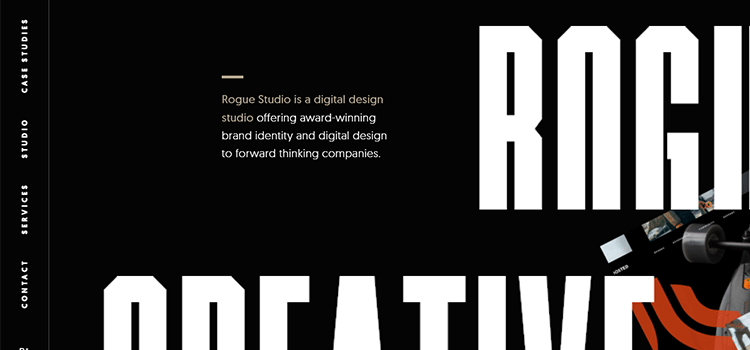
Tiny Helpers – A collection of free single-purpose online tools for web developers.
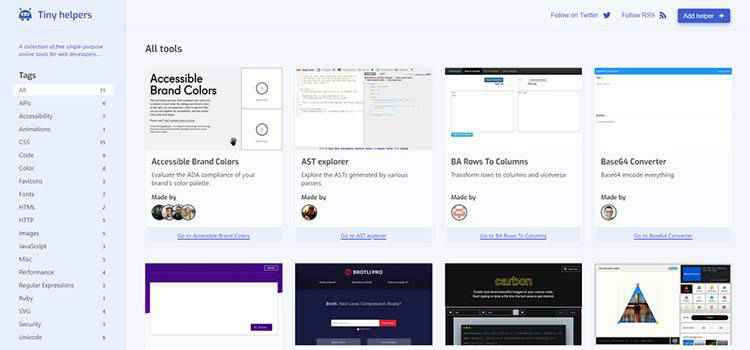
Using responsive modifiers to control layout changes in your components – Techniques for creating responsive elements with fewer compromises.
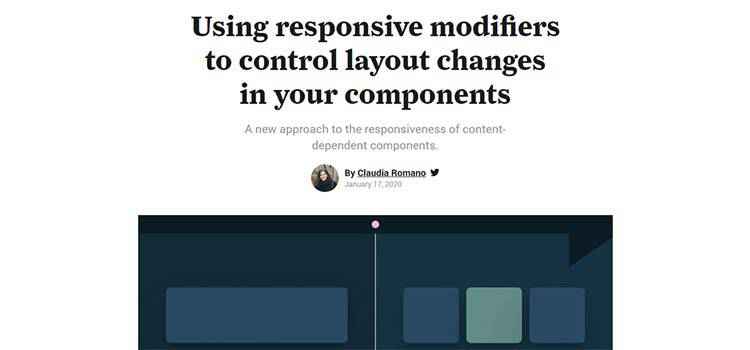
Areas to Be Proactive with Your Web Design Clients – Keeping clients informed about new developments that can affect their website.

BEM Methodology In CSS: A Quick Start Guide – Learn how to name and organize CSS components in a logical, easier-to-maintain way.
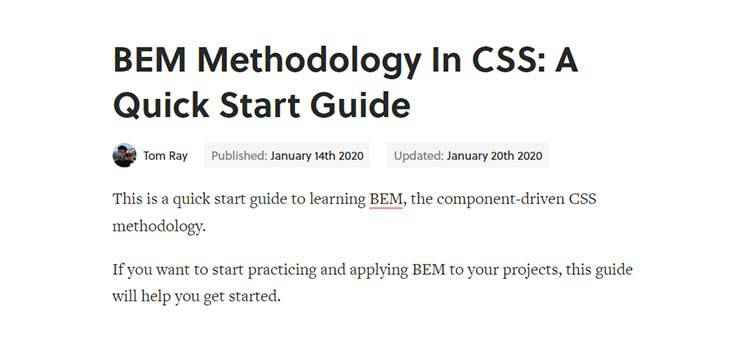
The Role of Animation and Motion in UX – A look at best practices when using animation in your projects.
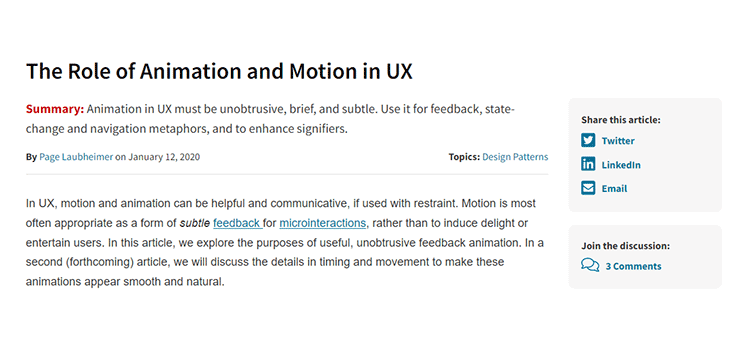
Design System Checklist – Use this open-source checklist to help you plan, build and grow your design system.
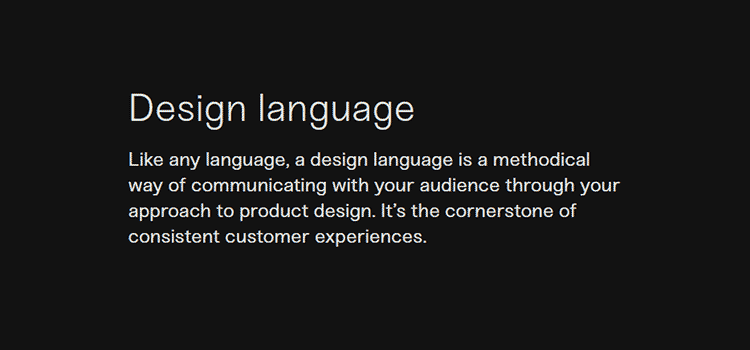
The 10 laws of simplicity – Learn how to simplify through author John Maeda’s techniques.

The 10 Best Newsletters for Videographers – Newsletters that will help you grow your business, hone your skills, and provide a few freebies.

Liebling – A free, beautiful theme for Ghost that features a dark mode.

Things That Will Scare Your Web Design Clients – A look at situations that can cause a panicky client and how to handle them.

Motion – Create animated icons with this app, available for Mac OS and Windows.
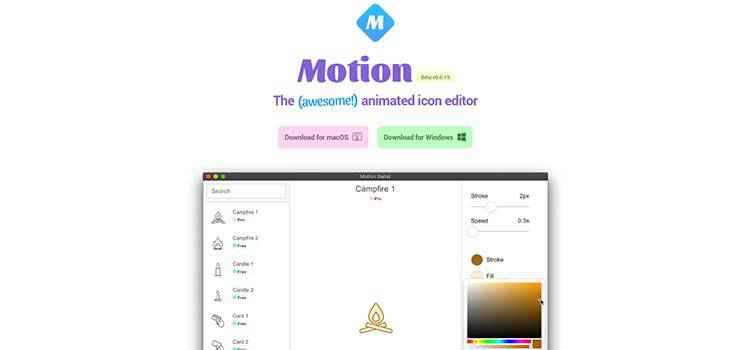
Magical Rainbow Gradients with CSS Houdini and React Hooks – The secrets behind animating a gradient (it’s harder than you think).
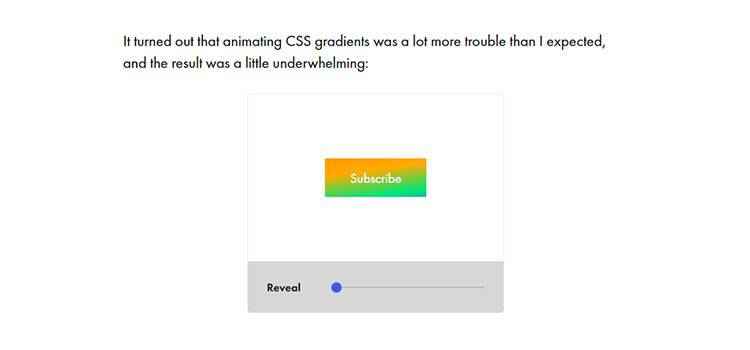
The new landing page is to have no landing page at all – Examples of landing page alternatives that get right to the point.
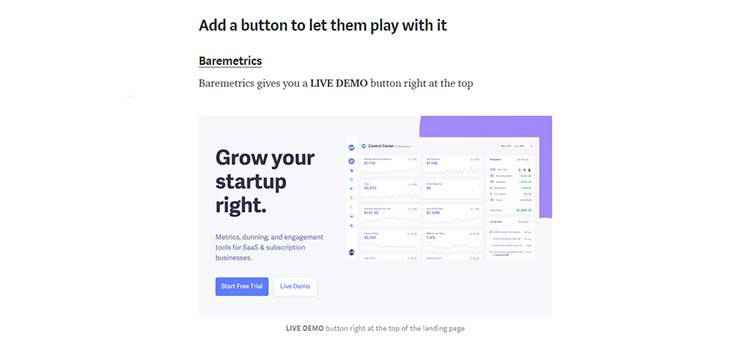
15 Tutorials for Creating Professional Product Mockups in Photoshop – Learn to create amazing mockups with this collection of helpful tutorials.

The post Weekly News for Designers № 524 appeared first on Speckyboy Design Magazine.